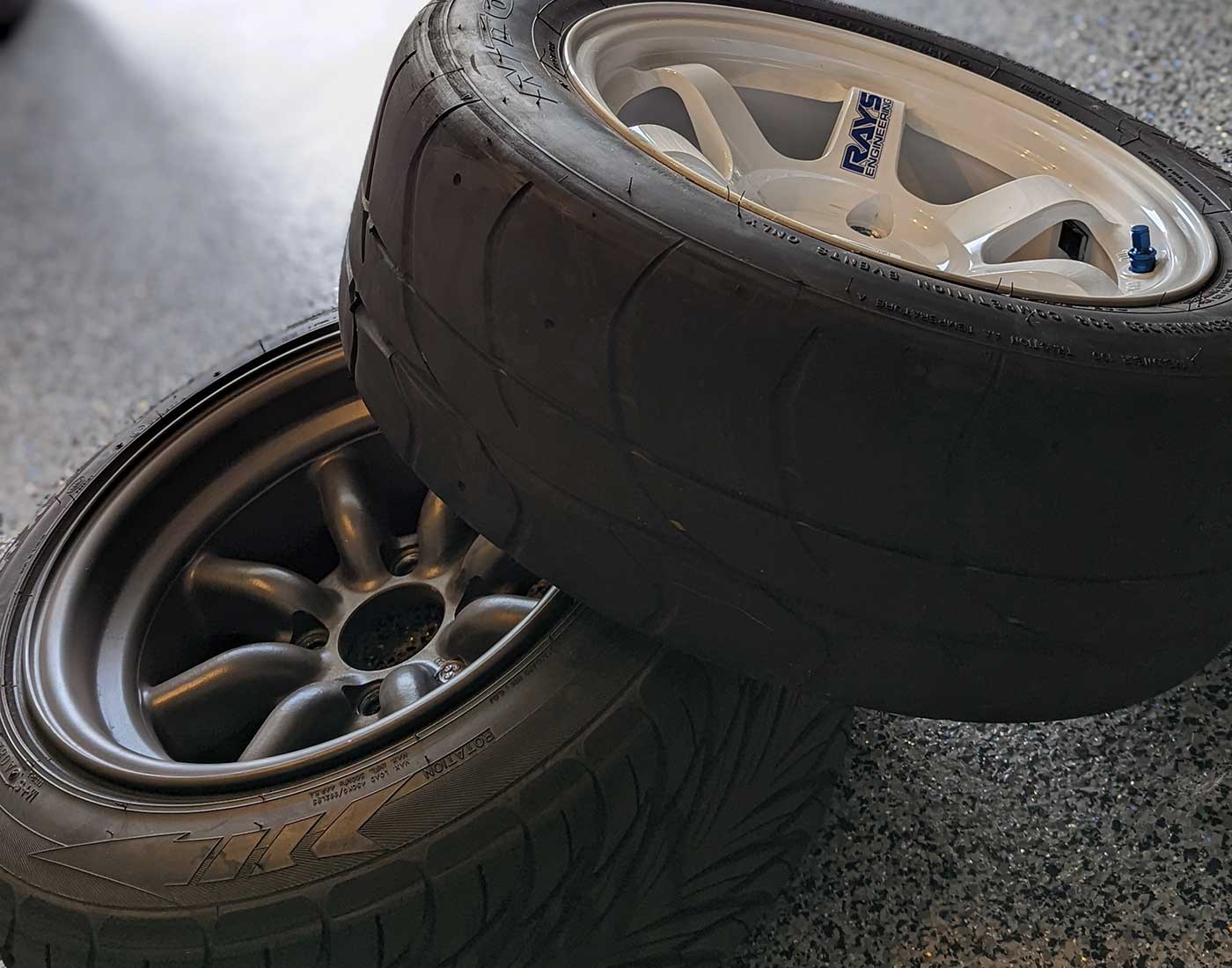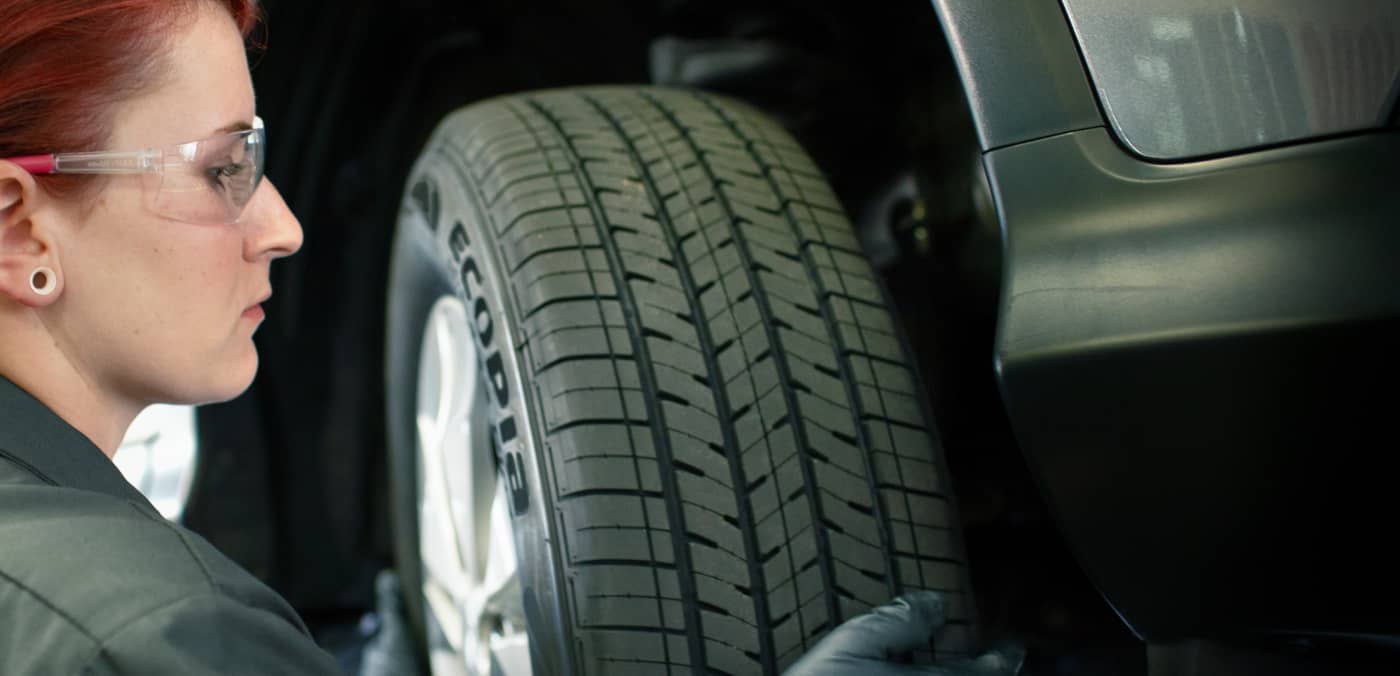All Categories
Featured
Table of Contents
The Michelin used a comfortable driving experience, qualified by responsive guiding and a modern understeer balance. Despite the cooler testing conditions, Michelin's consistent time and grip over three laps suggests its suitability for real-world applications.
The tire's initial lap was a second slower than the 2nd, aiming to a temperature-related hold rise. For day-to-day use, the Michelin could be a safer bet.
Best Tyre Replacement Near Me – Swan
It shared Michelin's secure understeer balance however lacked the latter's readiness to turn. Continental and Goodyear's efficiencies were remarkable, with Continental's brand-new PremiumContact 7 revealing a considerable renovation in wet problems compared to its precursor, the PC6. This design was much less conscious load changes and acted a lot like the Michelin, albeit with somewhat much less interaction at the limit.
It incorporated the risk-free understeer equilibrium of the Michelin and Continental with some flashy handling, showing both foreseeable and fast. As an all-rounder for this Golf GTI, Goodyear's Asymmetric array was the standout, demonstrating remarkable efficiency in the wet. Ultimately, the Bridgestone Potenza Sport took the crown as the fastest tire, albeit by a small margin.
This tyre got grippier as it heated up, similar to the Yokohama. Chauffeurs looking for an amazing wet drive might locate this tire worth taking into consideration. The standout performer in wet stopping was the most recent tyre on examination, the PremiumContact 7, though the outcomes are nuanced. We conducted damp braking examinations in three different ways, twice at the new state and once at the worn state.
Reliable Tyre Care Near Me
Preferably, we desired the cool temperature test to be at around 5-7C, yet logistical hold-ups suggested we checked with a typical air temperature of 8C and water at 12C. While this was cooler than typical test problems, it was still warmer than real-world conditions. The warm temperature level test was done at approximately 18C air and 19C water.
The third run involved wet braking examinations on worn tires, especially those machined to 2mm with a tiny confrontation. While we planned to do even more with these used tyres, weather restraints restricted our testing. Nonetheless, it deserves noting that damp braking is most essential at the used state, as tires generally boost in completely dry problems as they put on.

Nevertheless, it shared one of the most significant efficiency decline, alongside the Yokohama, when used. Bridgestone, Goodyear, and Michelin saw the least efficiency decrease when used. Bridgestone and Goodyear's efficiency dipped in cooler problems. The Hankook tire signed up the tiniest efficiency drop as temperature levels cooled down, yet it was amongst one of the most affected when worn.
Reliable Tyre Care Near Me (Brabham WA)
The take-home message right here is that no single tire stood out in all elements of damp stopping, showing a complicated interaction of aspects affecting tyre performance under various problems. There was a standout tire in aquaplaning, the Continental completed top in both straight and bent aquaplaning, with the Michelin and Goodyear additionally excellent in much deeper water.

Yokohama can gain from somewhat more hold, an issue possibly influenced by the cooler conditions. When it comes to handling, all tires done within a 2% variety on the lap, demonstrating their high-quality performance (Tyre warranty). Nevertheless, taking into consideration these tires essentially target the exact same client, it interests observe the substantial differences in feel.
The shock is because the PremiumContact 6 was one of my favourites for sporty completely dry drives, however its successor, the PremiumContact 7, appears elder and resembles Michelin's performance. Among these, Hankook was the least exact in steering and communication at the limit. High-quality tyres. Both Michelin and Continental offered lovely initial steering, albeit not the fastest
If I were to recommend a tyre for a rapid lap to an amateur, say my daddy, it would certainly be one of these. After that we have the 'fun' tyres, namely Yokohama and Bridgestone. Both were swift to guide and really felt sportier than the others, but the compromise is an extra lively back side, making them more tough to manage.
Best Tyre Performance Near Me – Swan
It provided comparable steering to Bridgestone however used better responses at the limitation and better grasp. The Bridgestone Potenza Sporting activity, nonetheless, appeared to deteriorate quite promptly after simply 3 laps on this demanding circuit. There's Goodyear, which positioned itself somewhere in between the fun tires and those having a tendency in the direction of understeer.
All in all, these tyres are outstanding entertainers. In terms of tyre wear, the method used in this examination is what the market refers to as the 'gold standard' of wear.
Both the Bridgestone and Yokohama tires dramatically underperformed in contrast to the other four tires in terms of rolling resistance, with Continental a little outmatching the rest. Pertaining to the comfort degree of the tyres, as anticipated, many demonstrated an inverted correlation with handling. The Continental, Michelin, and Goodyear tyres carried out finest throughout numerous surface area types tested.

Bridgestone started to show indications of firmness, while Yokohama was particularly rough over gaps. We did determine internal noise levels; nonetheless, as is often the situation, the outcomes were very closely matched, and due to weather restrictions, we were unable to carry out a subjective assessment of the tyres sound. Lastly, we checked out abrasion figures, which measure the amount of tyre step lost per kilometre, normalised to a one-tonne car.
Top Tyre Servicing Near Me – Swan
This figure stands for the amount of rubber dirt your tyres create while driving. Michelin led in this group, generating over 9% less rubber particle matter.
Latest Posts
Leading Budget Car Tyres Near Me – Embleton WA
Affordable Tyre Fitting Services Near Me – Morley WA
Affordable Tyre Replacement Near Me – Alexander Heights